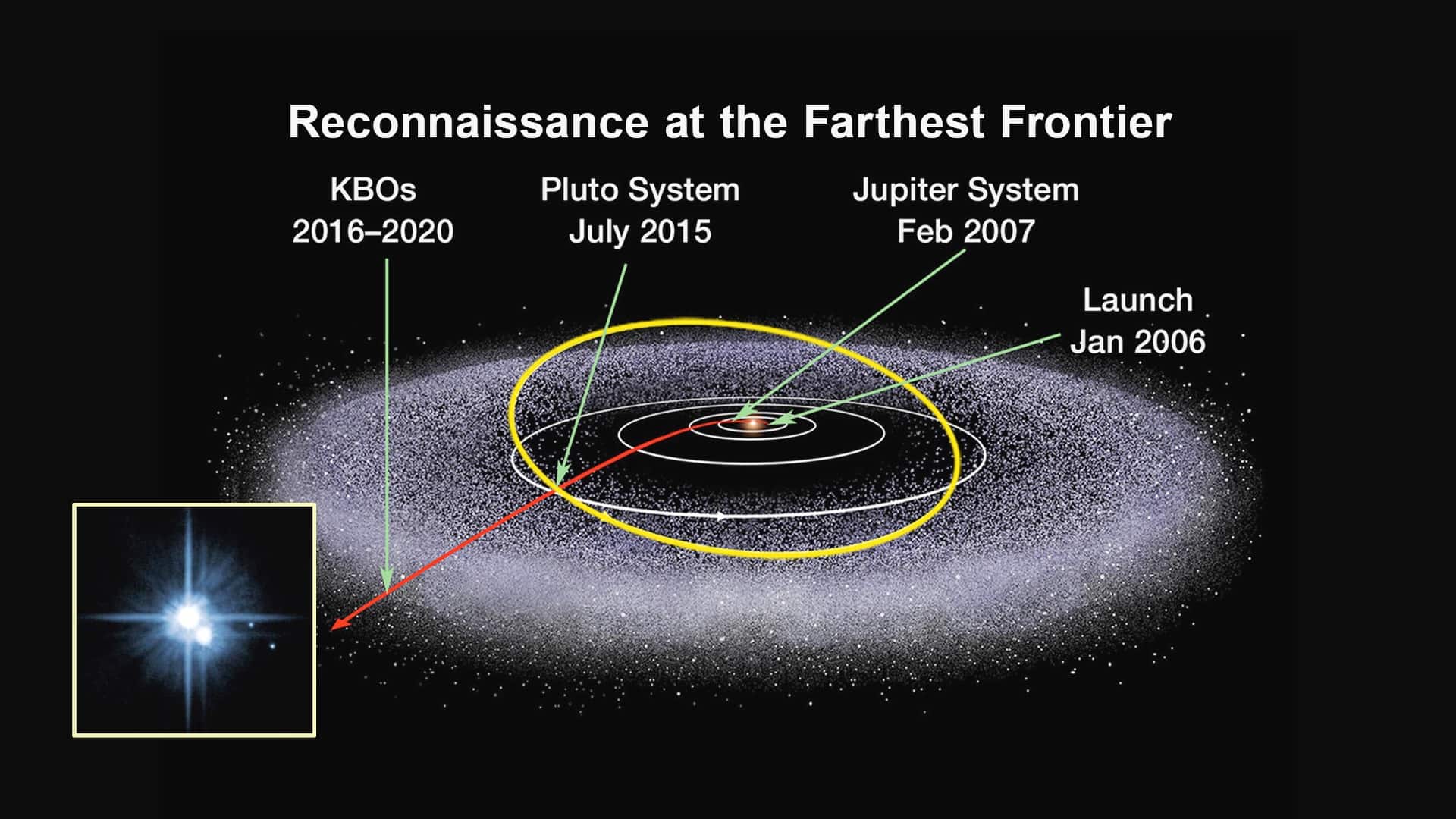Over the past decade, studies have speculated about the possible existence of a planet in the far outer edges of the Solar System, which has come to be known as Planet Nine. However, there might be another planet even closer to us. Researchers have found evidence of a planet similar to Earth residing in the Kuiper Belt region, closer to the Earth than the hypothesized Planet Nine.

The Kuiper Belt is located beyond Neptune and extends about 30 to 55 astronomical units (an astronomical unit, or AU, is equal to the distance from the Earth to the Sun). This region, brimming with numerous icy bodies including over a trillion comets, houses Pluto as its crown jewel. But this neighborhood of our solar system could still hold a couple of secrets.
Using meticulous observations, a team of Japanese astrophysicists noticed that some Kuiper Belt objects behaved oddly: they don’t move as they should.
These irregularities suggest the gravitational influence of a more substantial body. In other words, these odd movements would be perfectly explained by the existence of a planet in that region.
The findings indicate a planet, termed a “Kuiper Belt Planet (KBP)”, lurking about 200 to 500 AU from the Sun. Unlike the theorized Planet Nine, which could lie between 400 and 800 AU from the Sun, this planet would be 1.5-3 times Earth’s mass. For reference, Pluto is 39 AU’s from Earth.
“We predict the existence of an Earth-like planet,” Patryk Sofia Lykawka of Kindai University and Takashi Ito of the National Astronomical Observatory of Japan wrote. “It is plausible that a primordial planetary body could survive in the distant Kuiper Belt as a Kuiper Belt planet (KBP), as many such bodies existed in the early solar system.”
Looking for planets in our cosmic backyard
Finding new planets is intricate. For exoplanets outside our Solar System, astronomers monitor the faint dimming of light when these planets transit their stars. Within our own system, the hunt becomes trickier, requiring precise observations of celestial movements. Historically, Neptune’s discovery came about when Urbain Le Verrier identified an orbital anomaly with Uranus, deviating from Newtonian predictions. Confirming his suspicion, German astronomer Gottfried Galle found Neptune right where Le Verrier predicted.
For example, Neptune was found after astronomer Urbain Le Verrier spotted a difference between the orbit of Uranus and where Newtonian physics predicted the orbit to be. Then, German astronomer Gottfried Galle went to check if the planet was where Le Verrier said it would be, and this was indeed the case.
This is kind of similar to what happened within the Kuiper Belt. The researchers found that some of the objects in the region had orbits that acted unusually, which they believe suggests that they are influenced by the gravitational pull of a larger object. They also found many high-inclination objects — objects whose orbit is highly tilted.
Intrigued by this, they ran a number of computer simulations configured to explain the behavior they observed. The simulations showed that the most likely explanation for their observations was a planet located within the Kuiper Belt. The simulations also showed that the planet, if it exists, would have an inclination of about 30 degrees.
“More detailed knowledge of the orbital structure in the distant Kuiper Belt can reveal or rule out the existence of any hypothetical planet in the outer solar system,” the researchers wrote. “The existence of a Kuiper belt planet may also offer new constraints on planet formation and dynamical evolution in the trans-Jovian region.”
Whether or not such a planet exists is yet to be confirmed. For now, it’s a compelling hypothesis, but only a hypothesis. We’d need additional observations to really confirm it.
The study was published in The Astronomical Journal.






